GEORGE FRENCH
GSPORT
– As a product designer, what kinds of stresses on parts do you have to consider?
“All of them. We have to consider everything; from that huge sudden impact when something goes horribly wrong and a rider stops very fast into the face of a jump or at the base of a flight of steps; to the million little cycles from pedaling or bunnyhopping a curb…and of course everything inbetween. Tailwhip and 360 landings are a particular issue that a lot of brands don’t consider, judging by the designs that are available. It is important to look at instances where the bike lands at a strange angle rather than just seeing loads on the plane of the bike.”
– How does flex play a role in the design of frames, forks and bars?
“The road bike industry loves to use the phrase ‘laterally stiff and vertically compliant’ but then they try to claim that for everything. The truth is that torsional stiffness generally needs to be maximised, whereas for other modes there is a sweet spot. If it is too stiff then you make the bike feel ‘dead’, but not stiff enough and the bike rides like a piece of brie.”
![]()
– What would happen if there wasn’t enough flex? What would happen if there was too much? How do you control this?
“Too little flex puts the loads through the roof, when you land hard you have energy to get rid of and flex is how you do it. So you can have a thick section flex a tiny bit (but the thick section can cope with the loads) but the components like pedals and bars have to apply that load, so they can suffer as a result; plus of course, your wrists and ankles have to apply it in the first place, so they can suffer too!
“If it is too stiff then you make the bike feel ‘dead’, but not stiff enough and the bike rides like a piece of brie.”
Too much flex (or a lack of stiffness) starts to promote fatigue, but it also feels crappy and wastes your energy. There is only so much that a material can flex elastically before it begins to fail, and in the case of a material like aluminium, that has no fatigue limit, every single load is slowly breaking the part. Part failure is obviously something that we want to avoid as far as possible, so fatigue is a huge consideration and way too complex to cover here. But feel is important too. If the bike is flexing too much then every bunnyhop will be that much lower, every pedal stoke will be that much harder, and every pump will gain that much less speed as you waste energy fatiguing (breaking) the bike.
![]()
Taken to the extreme, too much flex is just the bike bending, permanently, and it isn’t at all uncommon. Look at many used bikes and they will often be bent. You can see cranks much closer to one chainstay than the other, or the tyre closer to the left chainstay and right seatstay, all warnings that the frame (and/or crank) might be bent. Sometimes you can just eyeball along the bike and see that the front wheel and back wheel simply don’t line up!”
– Do you think certain riders experience flex in their bikes more than others?
“Sure. It’s pretty obvious that if you weigh 50kgs or 150kgs its going to make a huge difference to how stiff the bike feels, however tyre choice and pressure is a huge part of the ‘feel’ and luckily it’s also a part that you can fine tune very easily.
“Sometimes you can just eyeball along the bike and see that the front wheel and back wheel simply don’t line up!”
We used to have no choice on tyre width and put our tyres up to 120psi and just leave them there, but the surface you are riding and your weight should dictate it. Wider tyres allow you to run higher pressures while feeling softer on landings for example. A perfectly smooth vert ramp will work great with tyres maxed out, but a softer tyre will actually roll faster over a slightly bumpy surface like rough tarmac.”
– Do you think most people don’t actually consider flex?
“Probably not. It would be a huge job to try to explain all this in marketing, so as designers and engineers our job is just to try to make it as ‘good’ as we can and rely on reputation and word-of-mouth that the results of our work will speak for themselves.
It’s very easy for a new bike company to sell a cheap bike with a great spec list and if riders only look at that spec list then they will sell quite a few, but the customer is inevitably disappointed when it doesn’t ride as well as the brands that have a reputation for making stuff that rides nicely.”
– What specific technologies you use that have a direct effect on stiffness? Could you explain them?
“Strangely almost none. Stiffness is amazingly constant. Many brands will often try to claim increased stiffness from things like heat-treating, when in reality these things actually have virtually no effect. All that really matters is geometry. Not the geometry as in the head tube angle and BB height, but as in the layout, diameter, wall thickness and lengths of the tubes. A millimetre on a tube diameter, a tenth or even a hundredth of a millimetre on wall thickness, a bit longer section of butting, the spacing of the top and down tubes, these are the things that really matter, especially in the rear triangle where chainstay bends and bridge designs can have a huge influence.
Having said this, butting the tubes is a great way to go. Many see it as an expensive luxury but it’s a great way to control the amount of flex, but more importantly where that flex happens. It keeps it away from the vulnerable weld areas and places it in long volumes of material that can share the job, and therefore not suffer from the consequences of concentrated loads.”
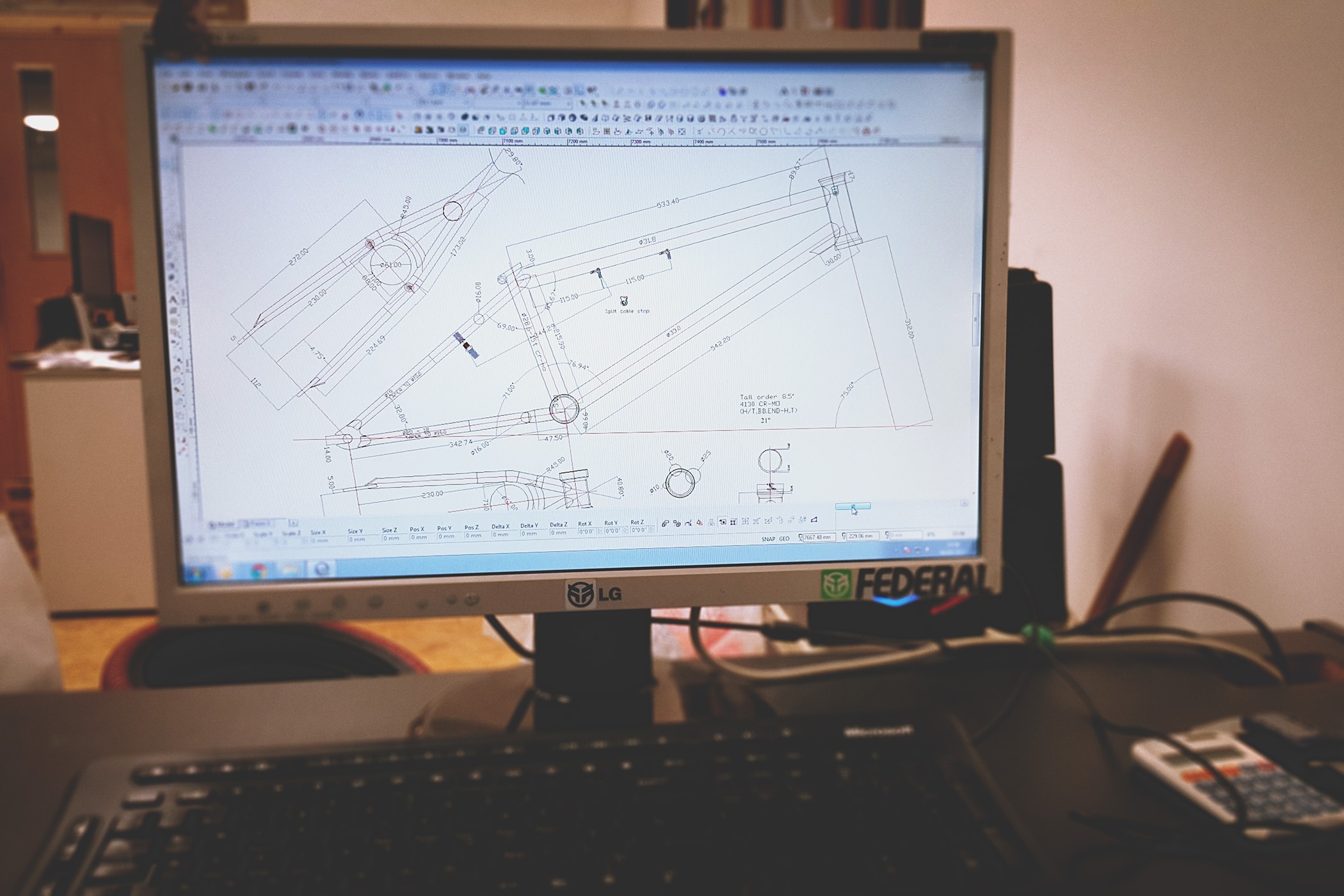


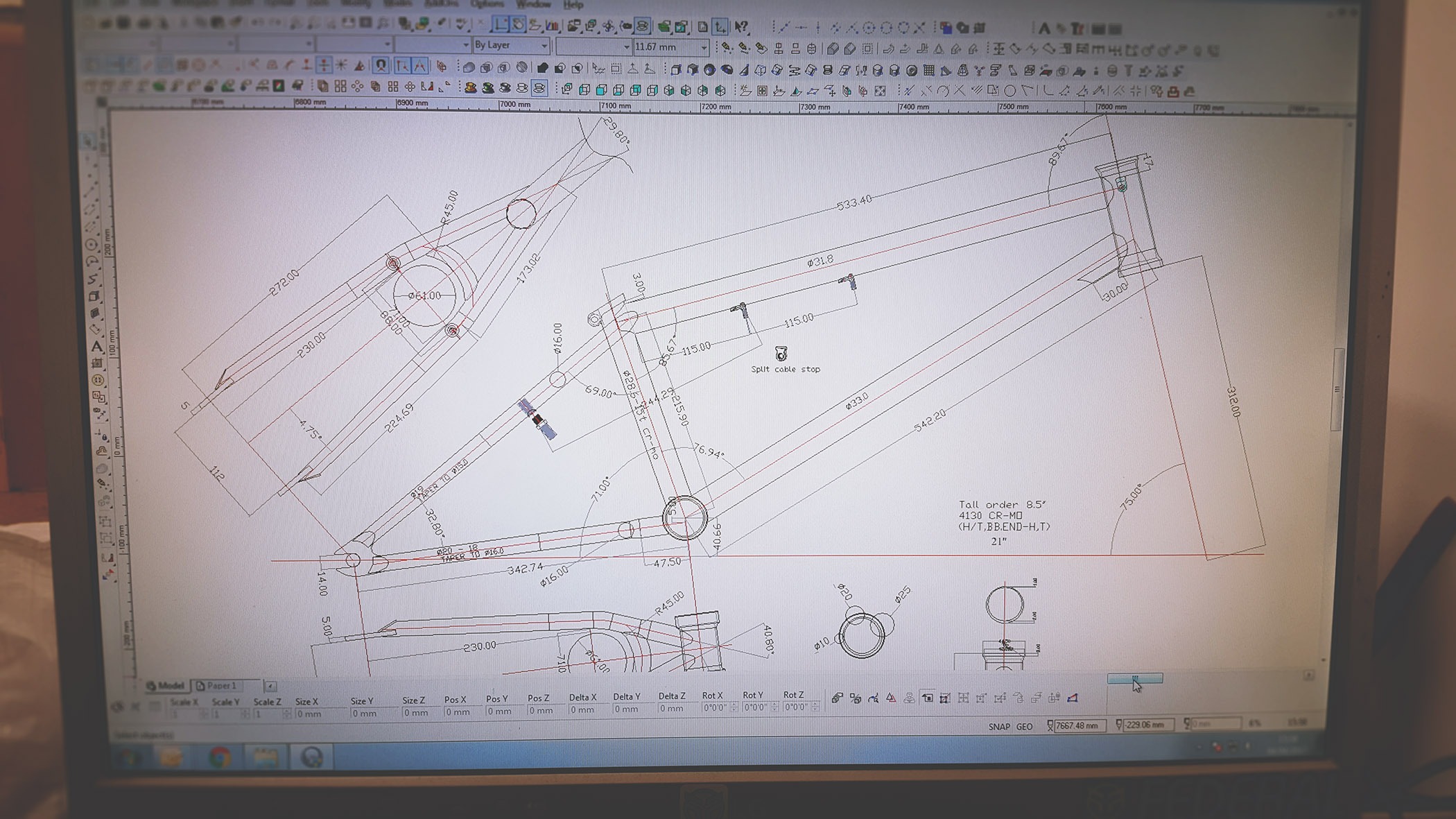
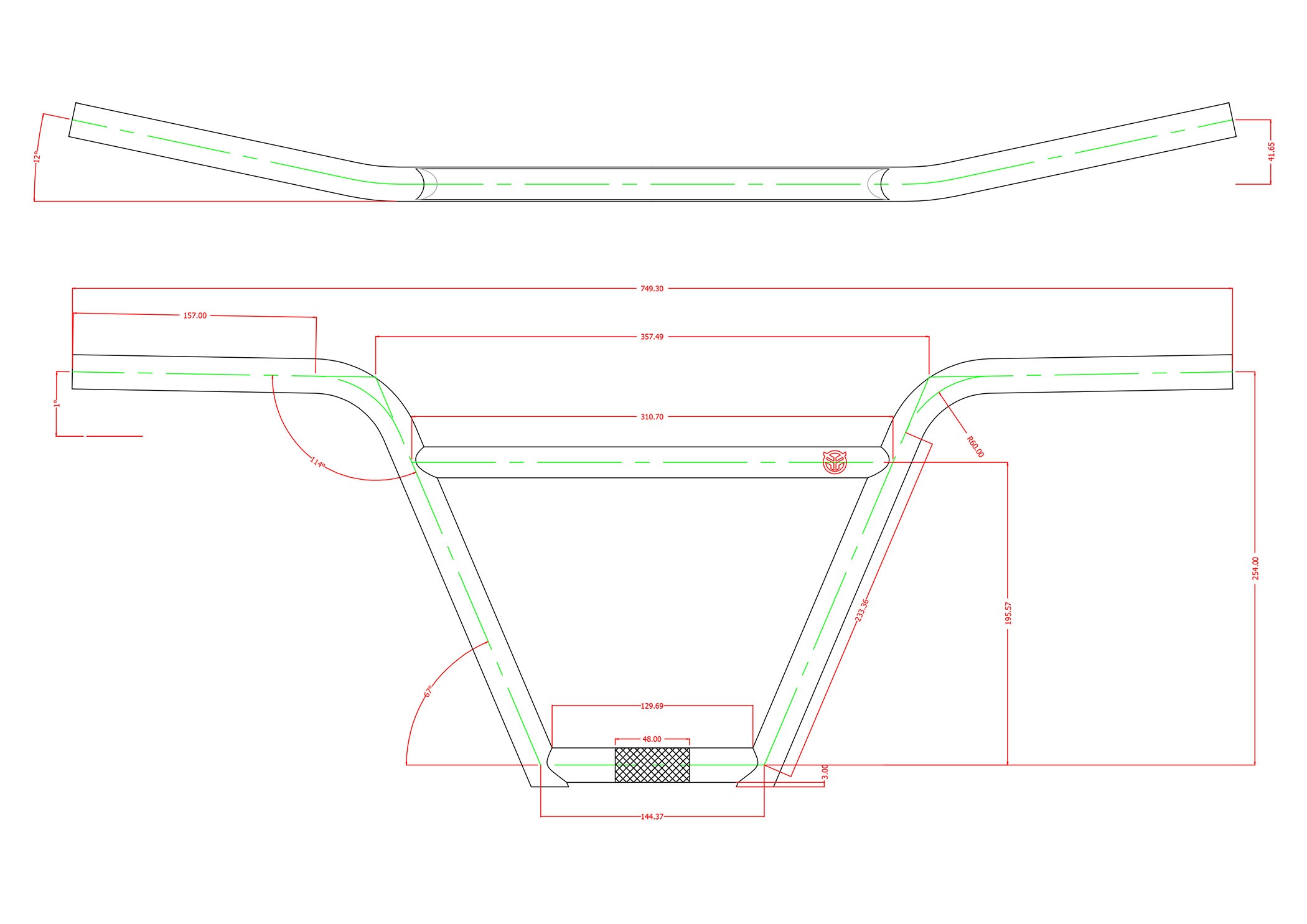

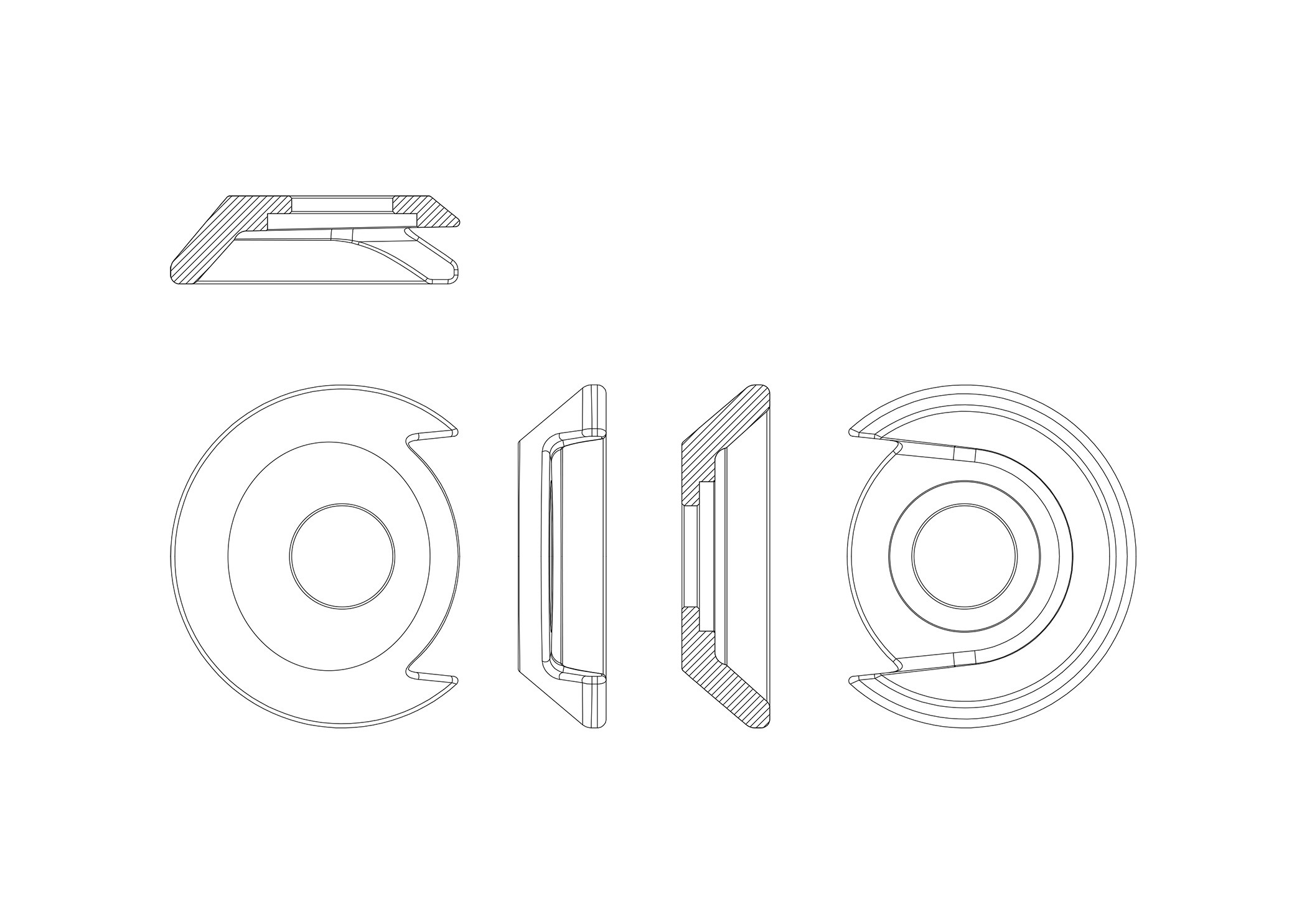
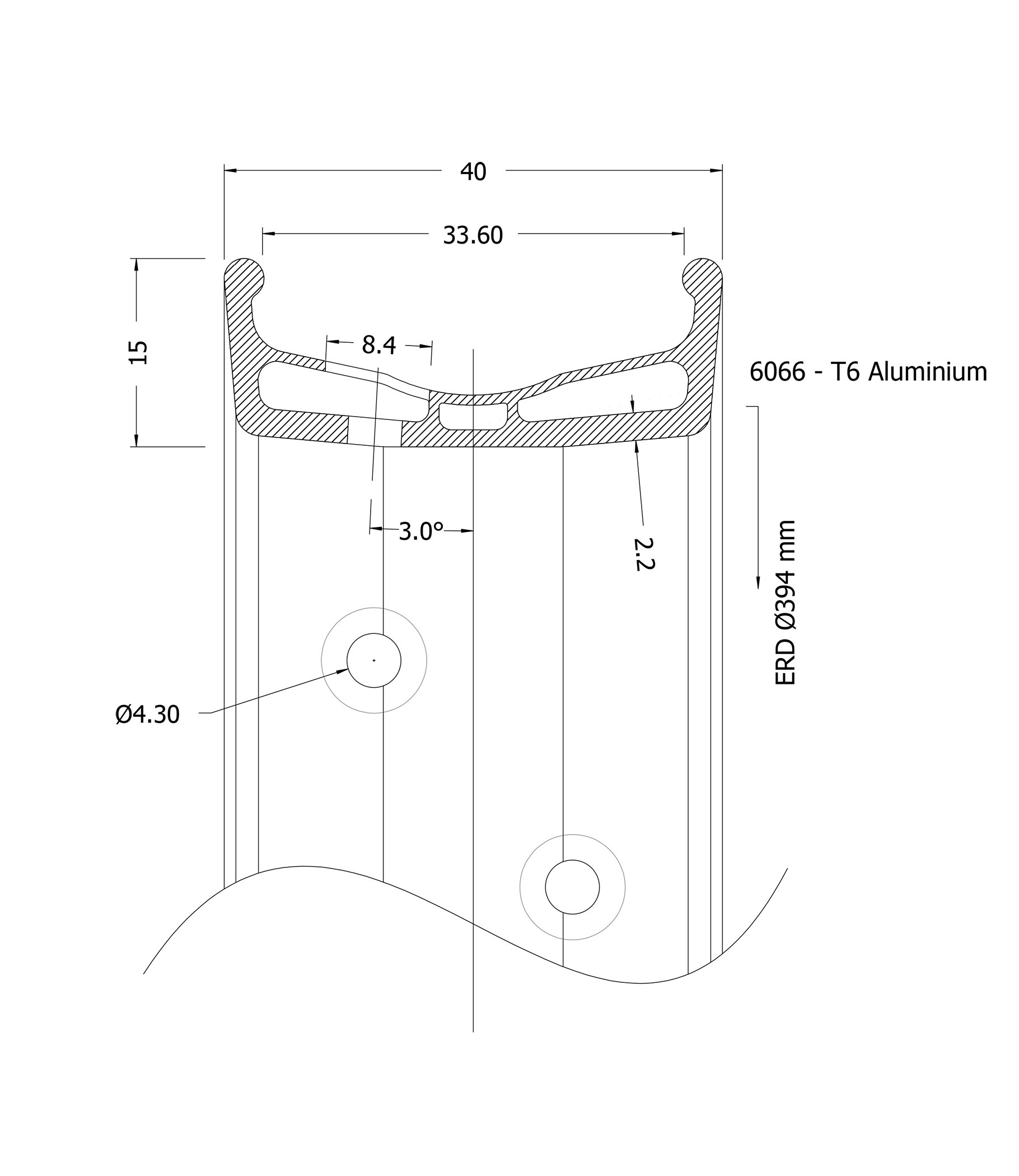
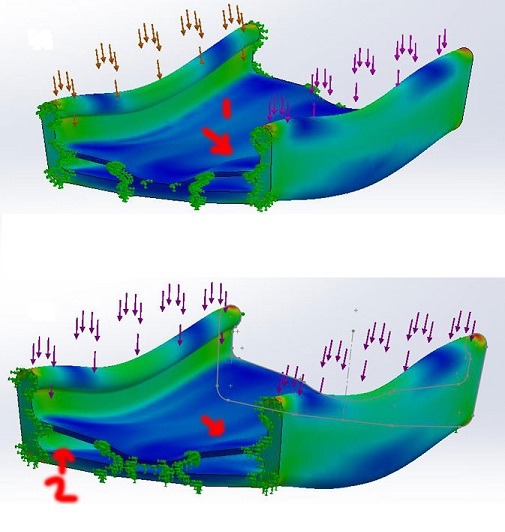





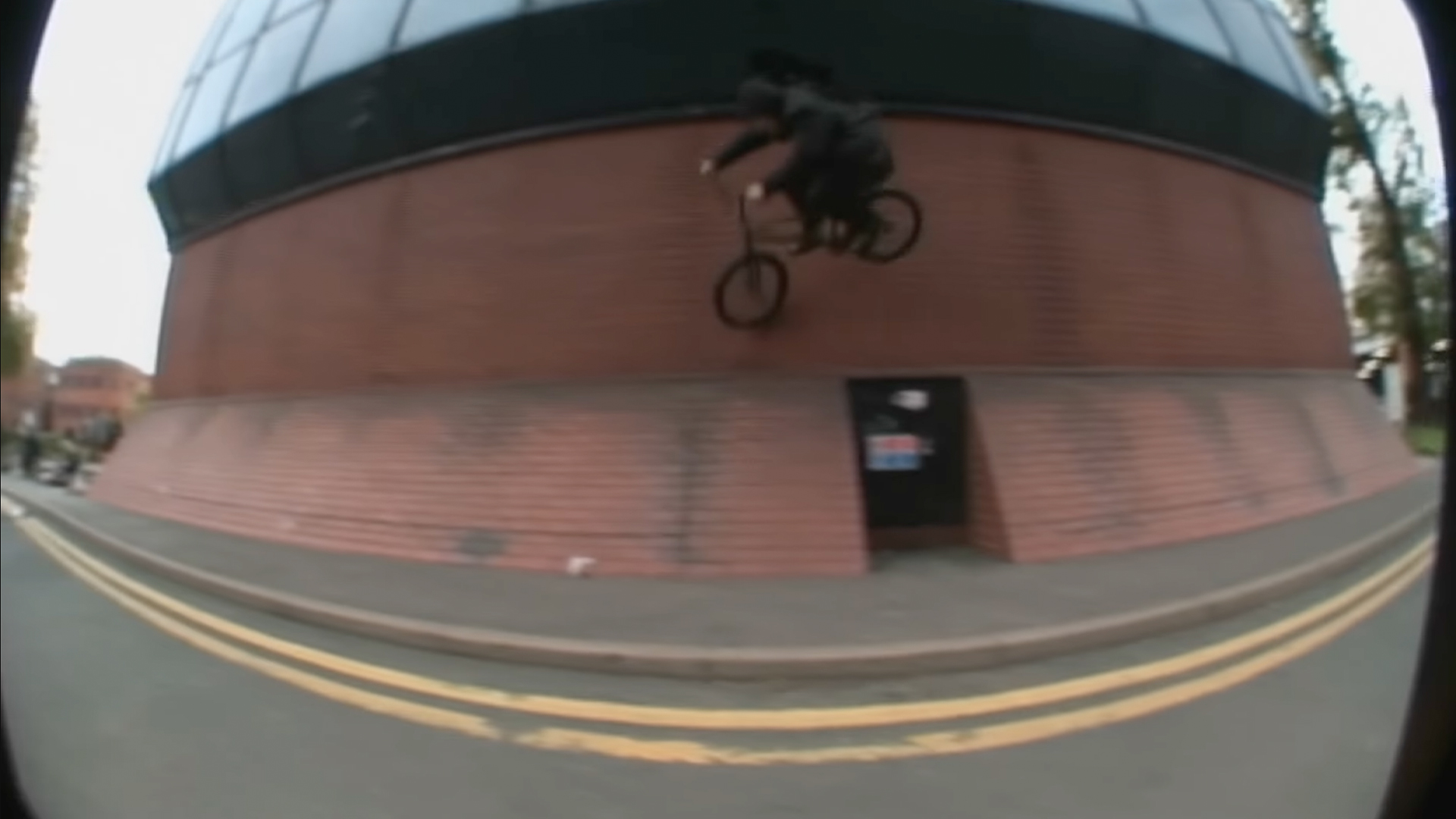

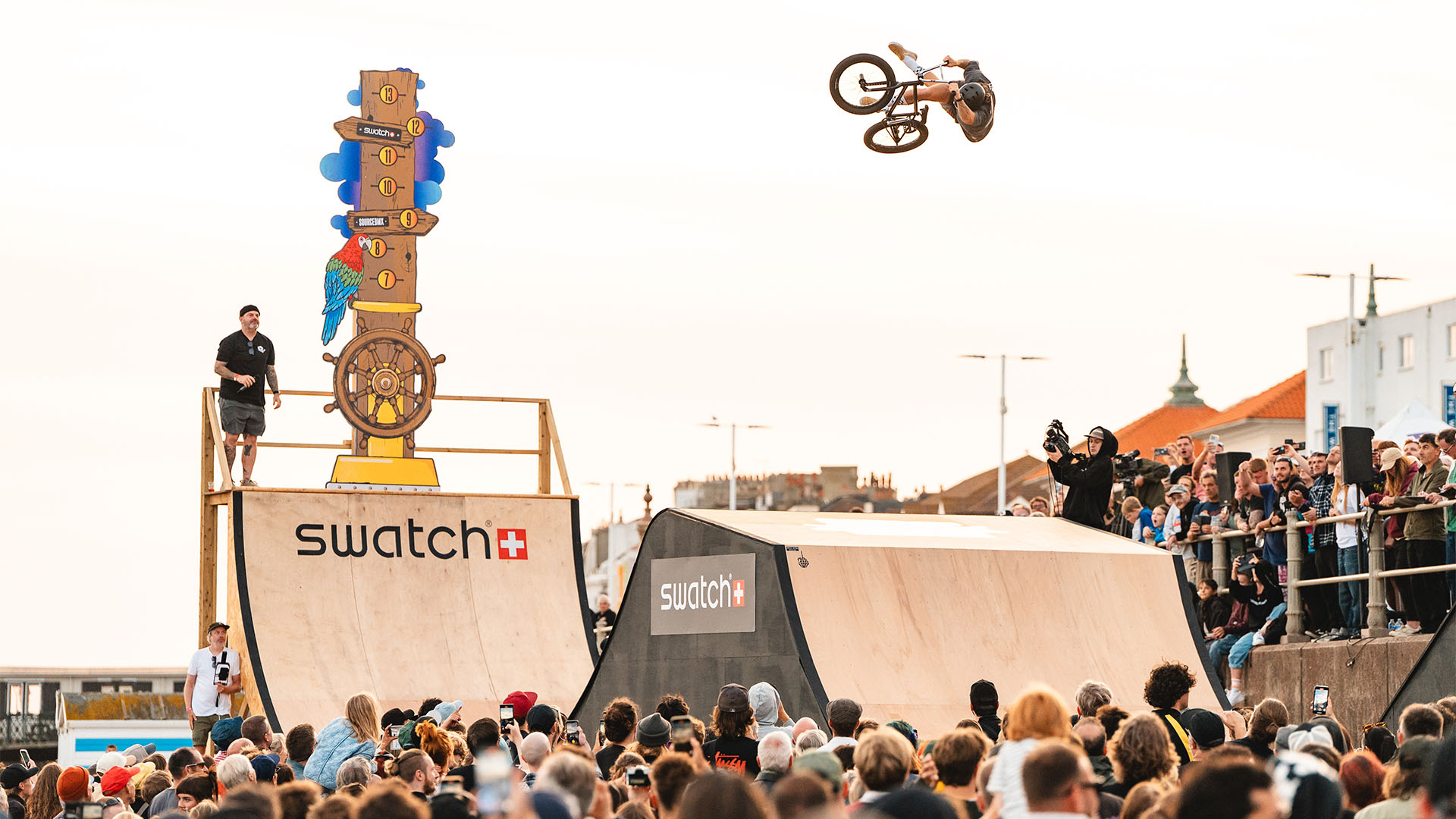
Share